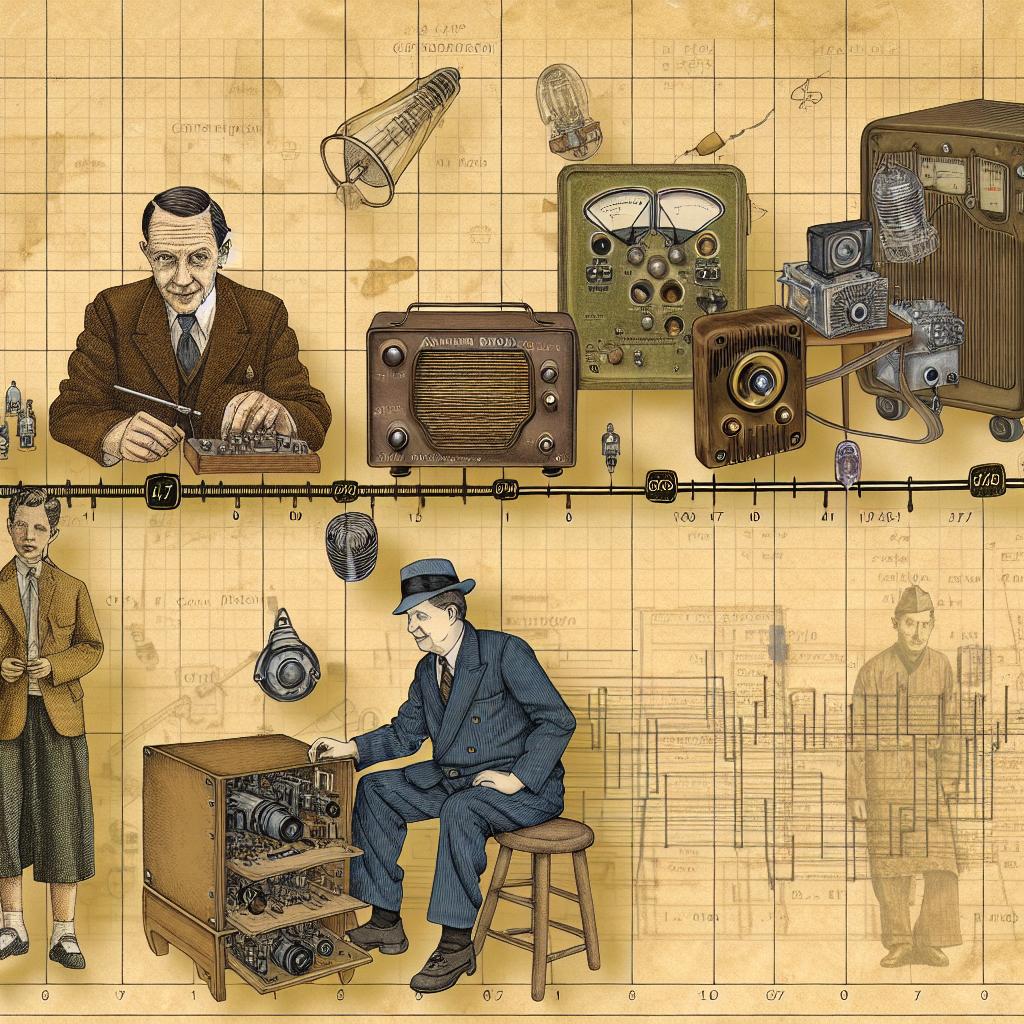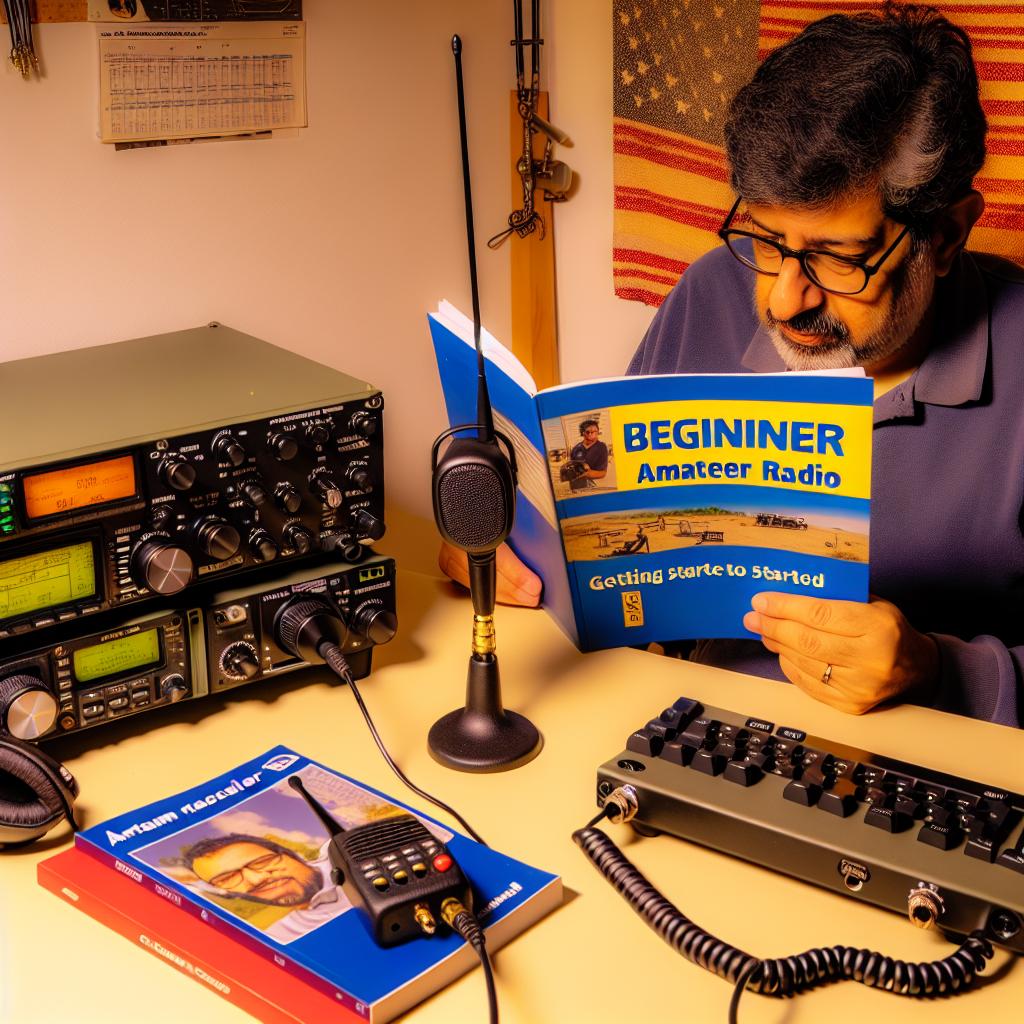Understanding Repeaters in VHF/UHF Communications
In the world of VHF/UHF communications, repeaters play a crucial role in extending the range of communication for radio operators. These devices offer enhanced coverage, allowing signals to overcome natural and man-made obstacles. Essential for both amateur and commercial radio communications, repeaters ensure messages are transmitted clearly over greater distances.
What Are Repeaters?
Repeaters are essentially two-way radios that listen for incoming signals on one frequency, known as the input frequency, and retransmit them on a second frequency, known as the output frequency. By doing so, they amplify the original signal and retransmit it, allowing it to cover a much larger area than what would be possible with a regular handheld or mobile radio.
Repeaters operate by receiving a weak or low-level signal from one radio and transmitting it at a higher level so that the signal can cover longer distances without degrading. This is particularly useful in areas where terrain, buildings, or other obstructions would ordinarily limit communication ranges. By serving as an intermediary, repeaters bridge the gap between radios, providing seamless communication across challenging environments.
The Importance of Frequency Offset
For a repeater system to function correctly, there must be a deliberate frequency offset between the input and output frequencies. This offset is necessary to prevent the repeater from interfering with itself. Typically, the offset for VHF repeaters is 0.6 MHz, while UHF repeaters generally use a 5 MHz offset. Understanding these offsets is essential for effective communication and setup.
This frequency offset ensures that the repeater’s transmitted signal does not inadvertently get picked up by its own receiver, which could create a feedback loop and cause distortion or even system failure. Proper configuration of these frequencies is a fundamental aspect of repeater setup, ensuring clear, uninterrupted communication for users.
Components of a Repeater System
A standard repeater system consists of several key components:
Receiver: The receiver captures incoming signals on the input frequency. It is specially designed to detect weak signals from users located relatively far from the repeater or experiencing obstructions.
Transmitter: The transmitter then rebroadcasts the signal on the output frequency. In doing so, it essentially boosts the signal, enabling it to cover a larger area and reach more receivers tuned to the output frequency.
Controller: The controller is responsible for managing the repeater’s operations. This includes functionalities like time-out timers, which prevent the transmitter from overheating, and identification messages that periodically identify the repeater’s call sign, ensuring users know they are accessing the correct repeater.
Antenna: The antenna is often situated in a high location to maximize coverage. The height and design of the antenna are crucial, as they determine the reach of the repeater. By placing the antenna in an elevated position, signals can bypass ground-level obstructions and achieve a broader broadcast range.
Understanding Repeater Locations
Placing repeaters in strategic locations significantly enhances their performance. Typically, they are installed on tall towers, buildings, or hilltops to circumvent obstacles such as buildings, trees, or geographical features. This elevation allows repeaters to transmit over a larger radius, making them invaluable for emergency services, amateur radio enthusiasts, and commercial enterprises.
A repeater’s location is chosen based on careful analysis of topographical maps and signal propagation studies. The optimal placement ensures that the repeater’s coverage area is maximized, offering uninterrupted communication even in remote and rugged landscapes. This is particularly important for public safety organizations and other emergency services that rely on reliable radio communication during critical operations.
Accessing Repeaters
To use a repeater, you must access it correctly. This often requires setting your radio to the appropriate input and output frequencies and adhering to any necessary access tones like CTCSS (Continuous Tone-Coded Squelch System) or DCS (Digital-Coded Squelch). These tones ensure that the repeater only responds to authorized users, reducing noise and interference.
CTCSS and DCS functions by adding a low-frequency tone to the transmission that is recognized by the repeater. Only signals carrying the correct tone are amplified and retransmitted, preventing unauthorized users from accessing the repeater and maintaining the integrity of the communication system. Proper configuration of these tones is vital, particularly in areas with multiple overlapping repeater systems.
Accessing repeaters can also involve local club membership or coordination with repeater owners to gain permission to use the frequencies. This cooperative aspect helps manage spectrum usage and maintain high standards of communication.
Conclusion
Repeaters are a pivotal component of VHF/UHF communication, enabling signals to overcome obstacles and travel vast distances. Their strategic deployment and proper use facilitate reliable communication, essential for various applications ranging from recreational use to critical emergency operations.
The understanding and implementation of repeater systems require knowledge of radio frequencies, transmission protocols, and geographic influences. Radio operators who wish to maximize their communication’s range and clarity often turn to repeaters, which provide the necessary boost in signal strength and stability.
Exploring resources like the ARRL’s website or contacting your local radio club can provide more detailed information and insights into the finer details of VHF/UHF communication and repeater technologies. Understanding the fundamental mechanics of repeaters enhances both the user’s experience and operational effectiveness. Through repeaters, radio communication extends beyond line-of-sight limitations, thus broadening the reach and reliability essential for many users worldwide.


